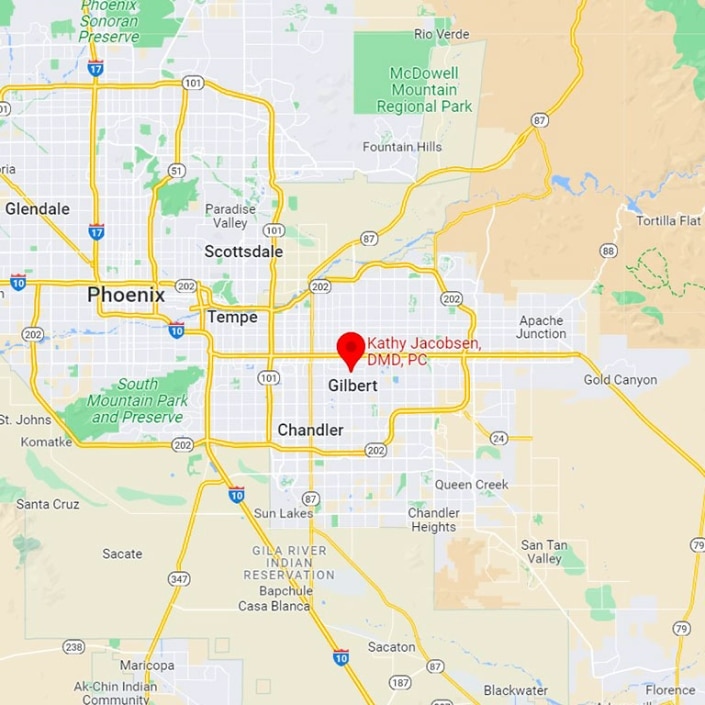What’s the Difference Between Plaque and Tartar?
When talking about oral health, the terms plaque and tartar are frequently used. But the two are not the same thing, and it’s important to know the differences between them. Brushing and flossing are part of the essential at-home oral hygiene tasks that everyone should do, but they don’t take care of everything related to taking care of your teeth. There are some things—like removing tartar—that can only be accomplished at your Gilbert, AZ dentist’s office.
What is Plaque?
Plaque is the yellowish, sticky biofilm that accumulates on teeth overnight or when teeth haven’t been brushed. It starts to form almost immediately after eating and drinking, which is why dentists recommend brushing your teeth after every meal.
Plaque is made up of a combination of bacteria, saliva and food particles, and it sticks to the surface of the teeth, forming a soft, sticky layer that can erode tooth enamel and create cavities.
What is Tartar?
Tartar is plaque that has hardened. Plaque that has hardened—or mineralized—is called tartar. Tartar is like a cement that forms on the surface of the teeth. Unlike plaque, tartar can’t be brushed away. It requires the professional services of a dental hygienist, who removes it using special tools. Tartar can form in between teeth, too, or anywhere that your toothbrush misses.
How Quickly Does Plaque Mineralize?
Plaque starts to form very soon after you eat or drink. It begins the mineralization process over a few days or weeks. The sooner that you brush away plaque buildup, the better you can stave off the formation of tartar.
The only way to get rid of tartar is by visiting your dentist for a dental cleaning. These should take place every six months, at a minimum. To book your next dental cleaning in Gilbert, AZ, contact us today.






Leave a Reply
Want to join the discussion?Feel free to contribute!